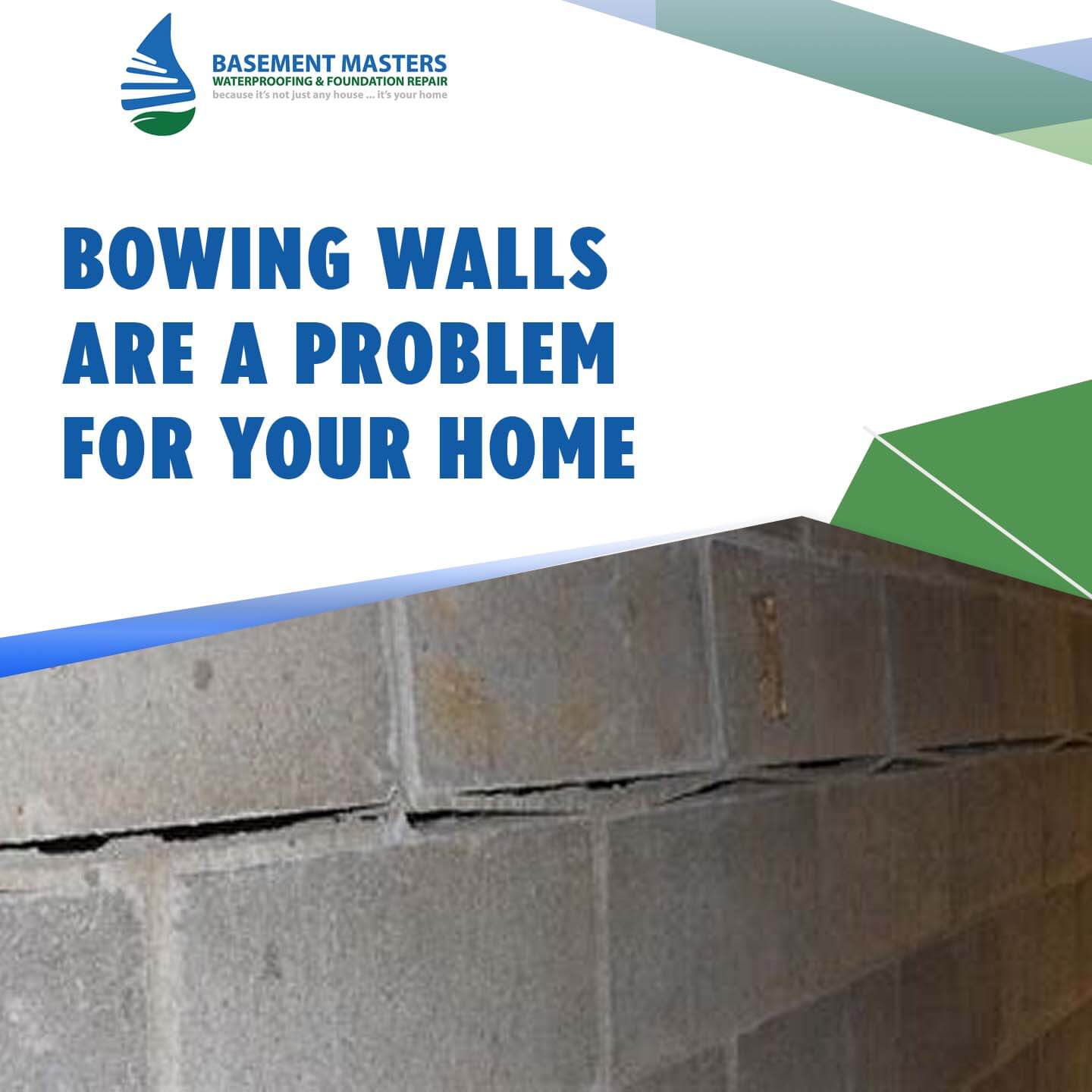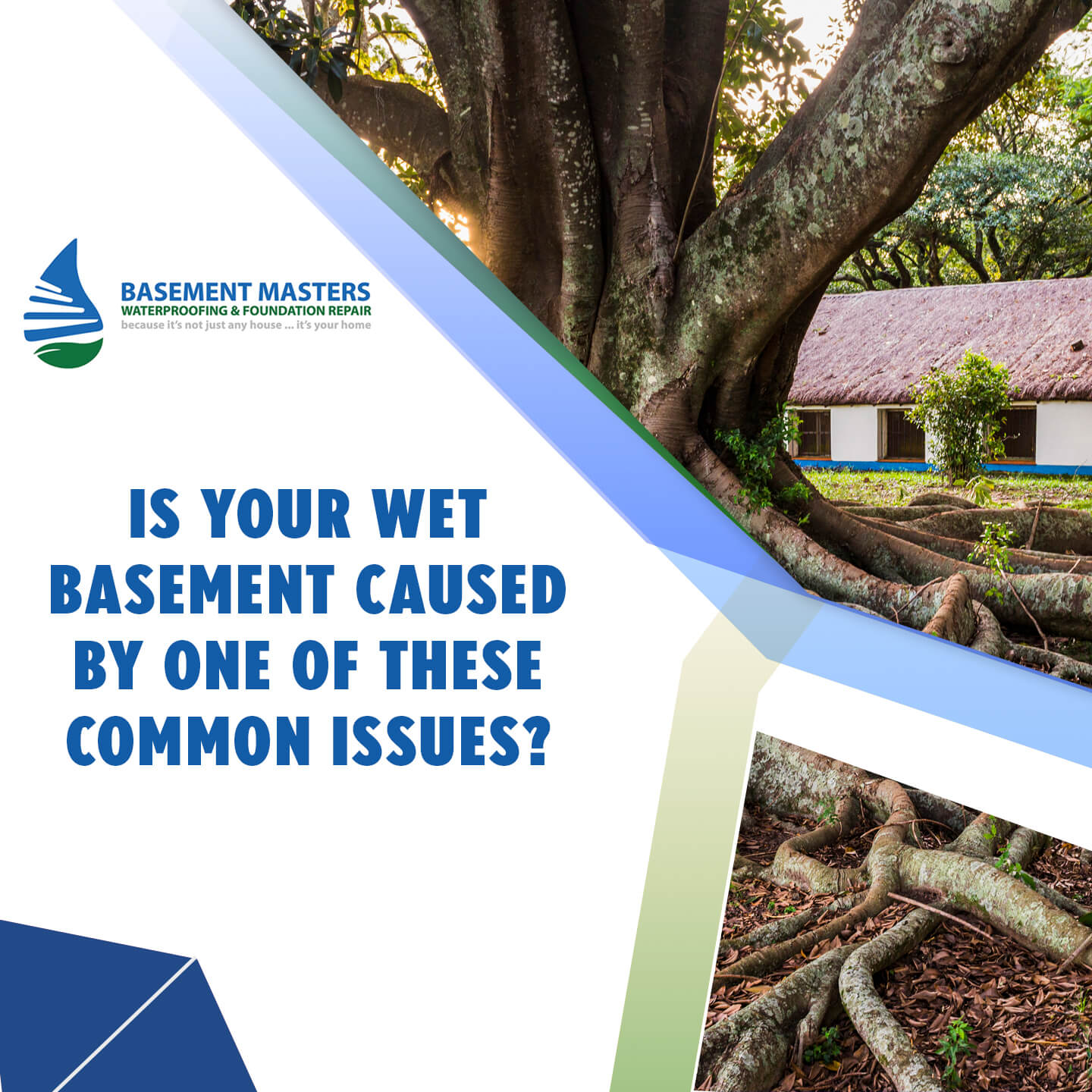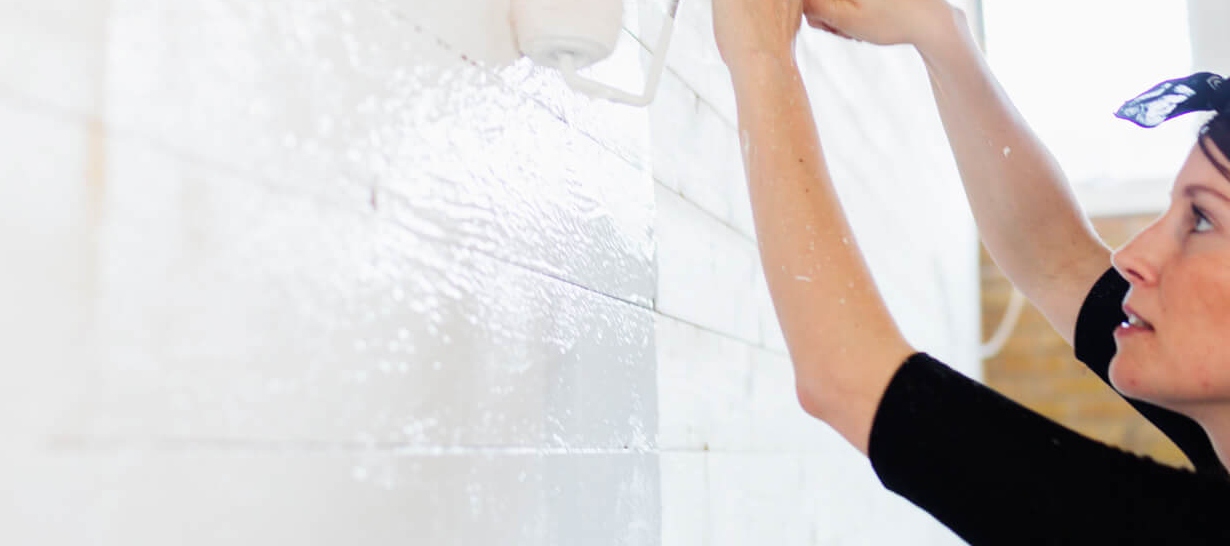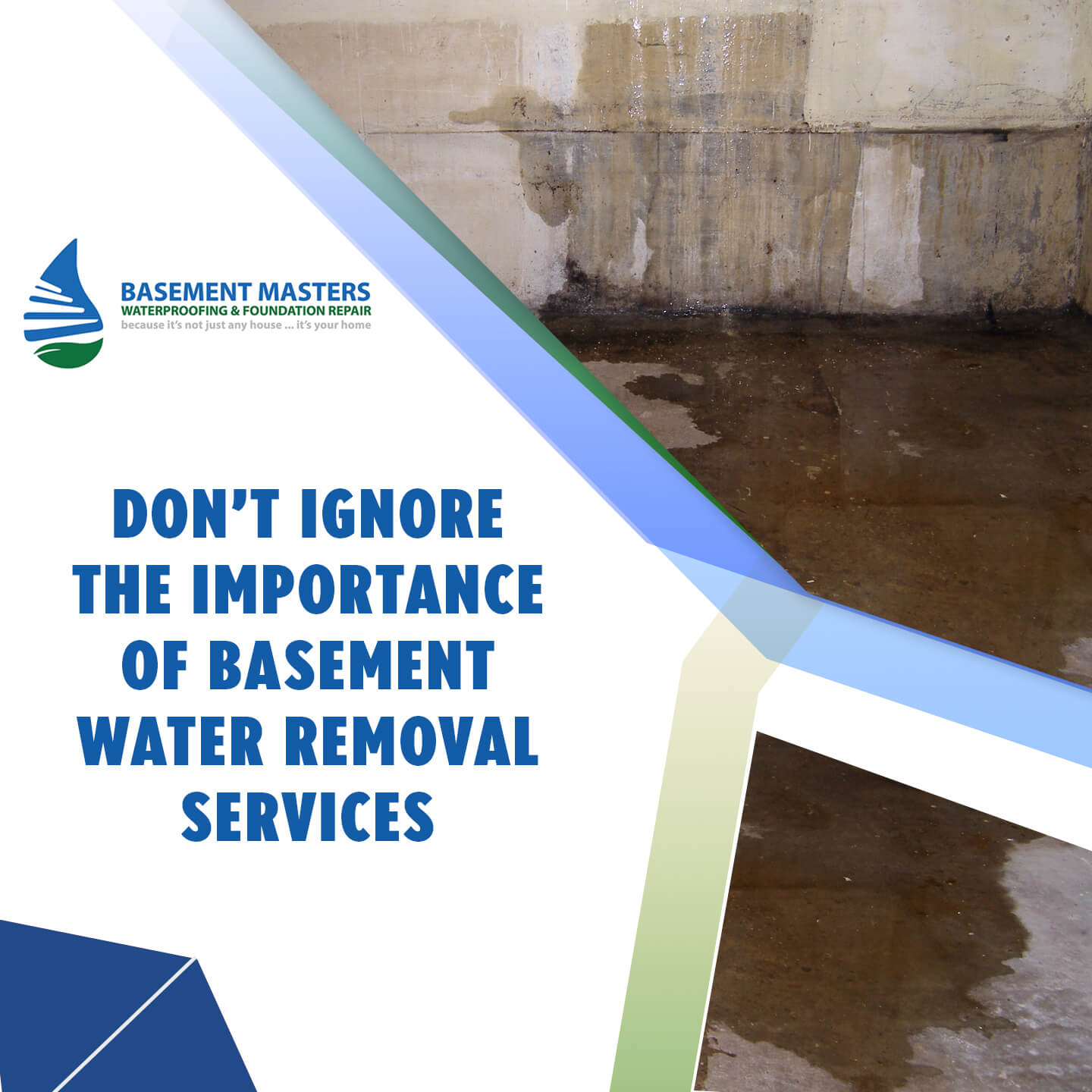What Bowing Walls Mean for Your Virginia Home
Any interior or exterior wall displaying an inward or outward curvature is known to have “bowed.” Because bowing walls are not perfectly erect as intended, they are a surefire sign of foundation damage and can compromise the structural integrity of the entire home.
Bowing or leaning basement walls are usually attributed to the fluctuating moisture content in the soil around or beneath the foundation. When subjected to an influx of water from rainfall or melting snow, the soil’s hydrostatic pressure increases, exerting a force on the wall and causing it to bow.
If not repaired in a timely fashion, bowing basement walls can lead to other headaches such as:
- Wall, floor, or ceiling cracks
- Wet basement
- Pest infestation
- Sloped or uneven floor
- Unstable foundation
If your basement walls have begun to lean, bow, or rotate, it is time to call in the experts at Basement Masters Waterproofing. We can have your walls and foundation good as new and in minimal time with helical tiebacks.
These helical anchors are screwed into the ground alongside the damaged wall, where they provide the opposite lateral pressure required to straighten and enforce the affected wall. This service is popular with our customers as it is quick and does not disrupt your yard or landscaping.
What Wall Cracks Mean for Your Virginia Home
Like bowing walls, wall cracks are a troublesome issue that should be addressed promptly. They could be the result of routine foundation settlement, but they can also be a reliable indicator of serious foundation failure.
It is a good idea for all home and business owners to regularly inspect the interior and exterior of their buildings and call in a professional foundation repair contractor if necessary. Foundation problems spiral out of control quickly, so addressing them quickly is the best way to avoid expensive and time-consuming repairs.
Wall cracks are usually the product of built-up pressure on the foundation walls. Many homeowners do not realize how vital of a role soil plays in structural stability. If the soil around or beneath your foundation becomes overly saturated with excess moisture from rainfall or melting snow, hydrostatic pressure will accumulate in the ground and eventually cause the foundation walls to crack.
Foundation sinking and settlement can also be at the root of wall cracks. When a home’s foundation begins to settle, there is decreased support for foundation walls, leading to cracks.
Different varieties of cracks indicate different problems, and being able to identify them is crucial in repairing them. Below is a list of the most common wall crack types and what they mean:
- Angled or Horizontal Cracks: Bow
- Angled Only: Settlement
- Vertical and Horizontal: Bow or settlement
- Center Converging: Bow or settlement
- Horizontal Only: Bow
- Stair Step Cracks: Heave or settlement
- Vertical Only: Settlement or Heave
- Vertical, Wider at the Top: Side or differential settlement
- Vertical, Wider at the Bottom: Center settlement
If you notice any of these cracks throughout your home or basement, call in the experts at Basement Masters for further evaluation and consultation. One of our most reliable methods of correction is weather-resistant galvanized steel piers, which are installed quickly and with little to no disruption to your yard or landscaping.
We install these piers deep underground where they relieve the damaged foundation of excess stress and lift and stabilize it for years to come.
Smaller cracks that develop from routine wear and tear may benefit from our crack injection services. With this method, we insert high-density epoxy or polyurethane foam into the affected wall where the foam spreads, filling any gaps or cracks and forming a permanent protective shield against bugs or moisture.
If your home has been plagued by bowing or leaning walls or wall cracks, contact the foundation repair experts at Basement Masters today. We are happy to evaluate your home and offer you a no-cost estimate. We can have your foundation looking and performing like new in no time!
This post was originally published on 6/6/2014 and updated on 12/5/2021 for accuracy and a larger scope of information.




